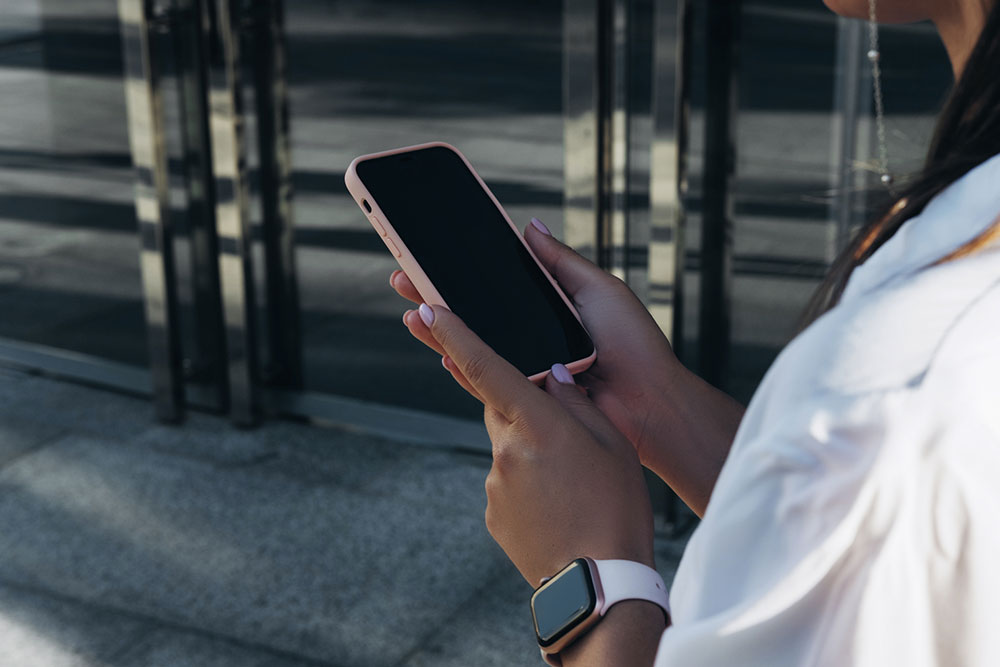19 iPhone habits that need to be broken

IPhones have become indispensable in the digital age, but some habits surrounding their usage can be counterproductive and even detrimental. From incessant scrolling on social media to responding to constant notifications, these habits can hamper productivity and well-being. This guide explores iPhone habits that warrant change, offering practical tips for regaining control over one’s digital life. By breaking these habits, one can enjoy the benefits without the downsides of excessive screen time.
Mindless scrolling on social media
Mindlessly scrolling through social media feeds is one of the most pervasive iPhone habits. Hours can slip away as one swipes through endless posts, leaving one feeling drained and unproductive. One can limit daily social media usage or delete apps that consume too much time to break this habit.
Constant notifications
The constant barrage of notifications can be distracting and disrupt one’s focus. Take control by customizing the notification settings, allowing only essential notifications to interrupt the day. To maintain uninterrupted focus, consider enabling ‘Do Not Disturb’ during work or sleep hours.
Overuse of messaging apps
While messaging apps are vital for communication, excessive use can hinder productivity. Using multiple apps like iMessage or WhatsApp is troublesome. Challenge oneself to consolidate conversations and set specific times for checking messages, minimizing daily interruptions.
Multitasking during face-to-face conversations
When one is with friends or family, being fully aware is essential. To facilitate this, one can discontinue checking the phone, responding to messages, or browsing the web to engage in meaningful conversations.
Sleep-disturbing phone use
The blue light emitted by screens can disrupt sleep patterns. One can break the habit of using an iPhone right before bedtime by establishing a wind-down routine that doesn’t involve screens. One can also enable Night Shift or Night Mode to reduce blue light exposure during evening hours.
Excessive app downloads
The App Store offers many apps, but downloading too many can clutter the iPhone and make it challenging to find what one needs. Audit the apps regularly and delete those that are no longer useful.
Ignoring software updates
Not updating the iPhone’s latest software can make it vulnerable to security threats and performance issues. Regularly check for and install software updates to ensure the device remains optimized and secure.
Excessive email checking
Constantly checking and responding to emails can be overwhelming and counterproductive. Set specific times during the day to check and address emails, allowing one to focus on other tasks in between.
Overuse of productivity apps
While productivity apps can enhance efficiency, overusing them can lead to burnout. Streamline app usage and focus on a few that genuinely enhance the workflow. Experiment with different apps to find the best ones that enhance productivity.
Excessive screen time for anyone
If anyone has a smartphone, monitoring screen time is crucial. Excessive screen time can negatively impact development and sleep patterns. In some cases, if one has kids, it can be essential to utilize parental control features to set limits and create a healthy balance.
Not following digital detox
Not designating specific days or weekends as “digital detox” periods can prove overwhelming and may even lead to burnout. Therefore, one must disconnect from their iPhone and other screens entirely. Instead, one can engage in offline activities like reading, outdoor recreation, or spending quality time with loved ones. Doing so periodically fosters personal growth, improves interpersonal relationships, and escalates productivity.
Screen time tracking
Take advantage of the iPhone’s built-in ‘Screen Time’ feature. It provides insights into app usage and allows one to set daily app limits. Review this data regularly to identify areas where one can reduce screen time.
Mindfulness apps
Consider using mindfulness and meditation apps to help manage stress and reduce screen addiction. These apps often offer guided meditation sessions and tools to help one stay present.
Accountability partners
Share the intention to reduce screen time and break harmful iPhone habits with a trusted friend or family member. They can serve as an accountability partner, reminding one to stay on track and providing support when needed.
Grayscale mode
Switching the iPhone to grayscale mode can make the screen less visually appealing and reduce the allure of apps and social media. One can activate this feature in the Accessibility settings.
Use apps wisely
If anyone finds certain apps addictive, consider deleting or replacing them with alternatives promoting healthy habits, for example, replacing excessive games with educational or productivity apps.
Excessive Face ID unlocking
Many iPhone users have habitually unlocked their devices with Face ID throughout the day, even when unnecessary. It’s essential to be more mindful of when to unlock the phone to break this habit. Instead of automatically unlocking the iPhone, it’s better to wait for a specific reason to use it. This simple change can reduce screen time and prevent one from getting distracted.
Neglecting iCloud storage
A common habit is to ignore iCloud storage limitations until one receives “Storage Almost Full” notifications. To break this habit, periodically review the iCloud storage usage. Delete unnecessary backups, photos, or documents, and consider upgrading to a higher storage plan if needed. By managing the iCloud storage proactively, one can prevent interruptions and ensure seamless data synchronization across Apple devices.
Seek professional help
If anyone finds breaking harmful iPhone habits challenging, don’t hesitate to seek professional help. Therapists and counselors can provide guidance and strategies to manage screen addiction and improve digital well-being.
Breaking these iPhone habits may not be easy, but it’s essential for regaining control of one’s digital life and improving overall well-being. Take small steps towards change, and remember that breaking these habits is an ongoing process. By prioritizing mindful and intentional iPhone use, one can enjoy the benefits of technology without the drawbacks of excessive screen time and digital distractions.
















